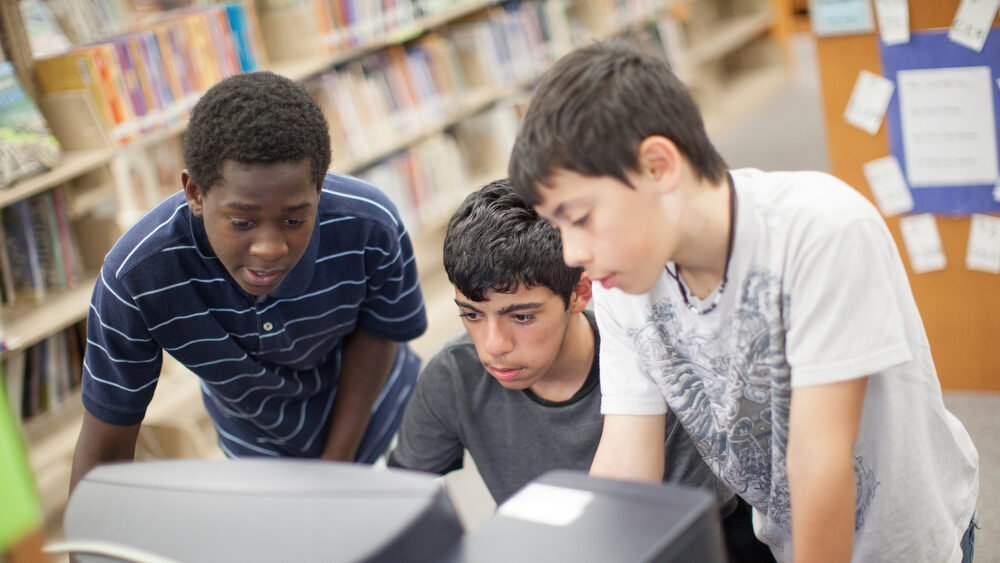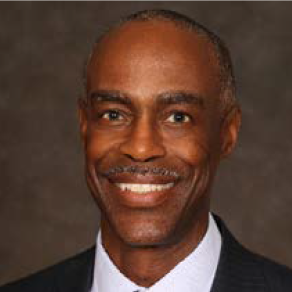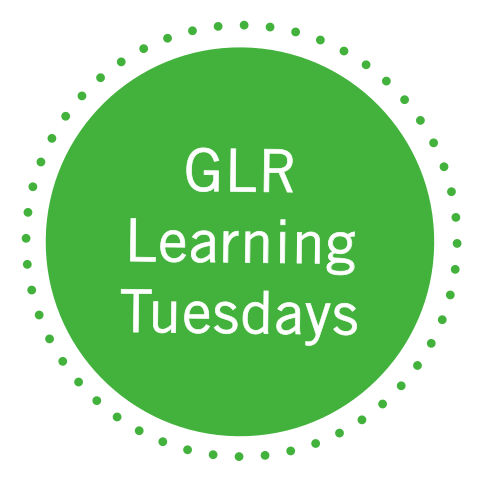
- This event has passed.
Bridging the Gap: Data Insights & Global Strategies for Accelerating Educational Recovery

“Advocates have two really important roles to play here. One is to push, one is to demand that equity be at the center of conversations about resource allocation and policy decisions….The other important rule is to provide cover, particularly for when we do have leaders who are trying to do something bolder than just get us back to the status quo.” – Allison Rose Socol, Ph.D., Education Trust
This week’s GLR Learning Tuesdays webinar, Bridging the Gap: Data Insights and Global Strategies for Accelerating Educational Recovery, highlighted key findings from six research reports, revealing mixed progress in academic recovery post-pandemic. Kelsey Young, Ph.D., of Curriculum Associates explained, “Nationally, students are behind where they were pre-pandemic,” and while there has been some recovery, “research does agree that younger students saw larger initial declines.” Megan Kuhfeld, Ph.D., of NWEA emphasized that math saw “larger initial drops, but also a more positive recovery story in grades three to eight,” but overall we’re “clearly still far from the historical average.” Doug Scott from McKinsey & Company added, “The perception from district leaders was [efforts made] are working.”
For English learners, schools and districts, the research paints a challenging picture. Lucretia Santibañez, Ph.D., from UCLA noted, “[English learners] in particular and their learning outcomes are not really catching up” and “the chronic absenteeism problem remains a high risk for this population.” This means districts need to prioritize culturally responsive teaching and involve immigrant families earlier in the intervention process. Santibañez urged that there’s an opportunity to involve parents earlier so that they can be culturally sustaining partners in their children’s education. Robert Runcie of Chiefs for Change explained it this way, “The approach isn’t to go to build…infrastructure exactly the way it was before. You try to find better ways to do it. Unfortunately, what I see too often is that our definition of getting out of this pandemic is to basically go back to where we were before. It’s a kind of a low bar when in many systems where they were before, only a third of the kids were actually reading at grade level or being able to do math. So I don’t think that the goal of where we’re trying to get to should be back to where we were before, but how can we get to a whole different place? I think that, in my view, there’s a lack of boldness and vision about what we ought to try to accomplish.”
From an advocacy perspective, the research underscores the need to center equity in recovery efforts. Alison Rose Socol, Ph.D., of Education Trust stated, “Advocates need to demand that equity be at the center of conversations about resource allocation.” She pointed out that, as the research shows, “students of color and students from low-income backgrounds get less when they need more,” and that mental health supports and targeted interventions must remain a priority. Socol urged equity advocates to hold districts accountable, asking, “What data [are state and district leaders] using to inform their decisions?”
The data did reveal some bright spots, including progress for Black students and certain older cohorts. Young also shared encouraging findings: Students who started just below grade level made encouraging growth, showing that targeted interventions, such as high-dosage tutoring and supplemental instruction, can make a difference when implemented effectively. These gains, though modest, provide insights into what strategies might help close the remaining gaps and accelerate recovery for all students.
Panel









